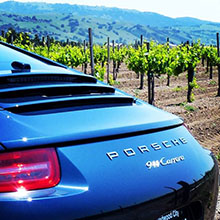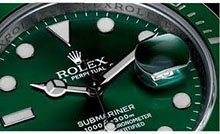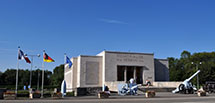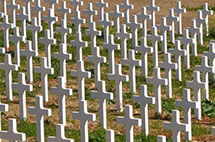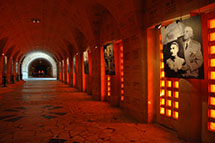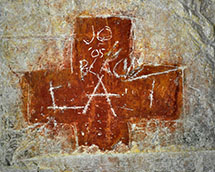|
Early 20th Century and World War IChampagne's boundaries had been drawn in 1908 and those that were left out of the defined Champagne area were irate. The 1910 vintage had been terrible with over 15,000 acres lost to phylloxera. The previous few years had also been disasters. Crop losses and allegations of fraudulent practices by corrupt merchants bringing in wine from other areas and bottling it as champagne led to distrust from consumers and outright rebellion from the growers. Mayhem reached a peak in 1911. Thousands of growers took to the streets and the infamous Champagne Riots began. Revolt occurred throughout the area but the village of Aÿ was at the center of the mutiny. Champagne houses were ransacked, merchants’ homes were vandalized and burned and vineyards were set on fire. The French government sent 40,000 military troops to the area to try to restore peace. Compromises were agreed upon and boundaries outlining villages with vineyards that could be used in production were identified, but before any settlement could be finalized the Germans arrived in Reims and Epernay. World War I is often referred to as ‘The Great War’ because the amount of destruction was so massive. On August 3, 1914 Germany declared war on France. In September the first Battle of the Marne began. The Allies were successful in driving back the German troops, but Reims continued to be on the front line for the next four years with constant bombardment and destruction. Germans occupied the area much of the time. After the war, only a handful of habitable buildings still stood in Reims. The great Cathedral of Reims suffered significant damage. Reconstruction occurred only after the end of the war. Miraculously, Champagne managed to endure the ordeal and would somehow flourish again. Thousands of troops lived in the labyrinth of chalk caves beneath Reims. Even more amazing is the fact that champagne continued to be produced throughout the siege. The Champenois were successful in hiding stores of wine in the chalk caves, but as would be expected, part of the destruction included pillaging the champagne reserves that were found. Wine production continued, but at about half the pre-war numbers. Schools, hospitals and living quarters for citizens were set up deep beneath the town. Crops were tended mostly by women, old men and children, often crawling through the mud and snow to tend the vines. Most able-bodied Frenchmen were engaged in fighting the war. The Marne was once again the scene of a major battle when, in September 1918 the Allies finally pushed the Germans out. By the end of the war the situation in the vineyards was dismal. 40% or more of the vineyards had been destroyed. Phylloxera and other vine diseases had spread. Fields were abandoned and dilapidated. Many were covered with trenches, barbed wire and unexploded bomb shells. To recover it would take years and heavy investment in new equipment, labor, grafted vines, etc., not to mention the costs of re-building homes and villages. It takes about 5 years after planting grapevines to generate a profit from grapes and more time to produce first-rate wine. The task of salvaging the vines was enormous, but the resilience of the Champenois was unwavering. An armistice went into effect November 1918 that ended the World War I fighting followed by the Treaty of Versailles in June, 1919. The French government soon returned to the task of determining the regulations that would dictate appellation requirements and other production requirements. Final resolution for boundary lines was reached in 1927. In July, 1935 the Comite National des Appellations d’Origine was created. The organization later became the Institut National des Appellations d’Origine (the I.N.A.O) in 1947. In 1919 the United States of America ratified prohibition with the 18th amendment. The amendment took effect in 1920. Producing, transporting and selling alcohol were prohibited. Smuggling champagne became a popular way to get around the regulations. To compound economic issues facing the world, other countries involved with World War I were struggling financially and most did not have any discretionary money for wine. These factors limited export markets out of France for a period of time. The history of champagne continues with World War 2 - Champagne History Part 6. Related Subjects More about Champagne History
World War 1 History |
|||||||||||||||||||||||||||||||||||||||

